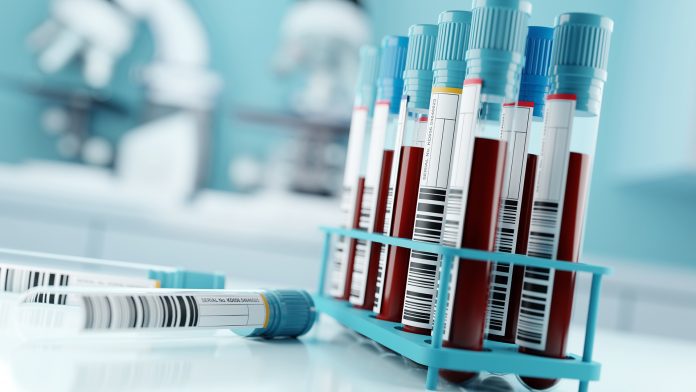
Dr Nicole Seguy, Regional Advisor for HIV, hepatitis and STIs at the WHO’s Regional Office for Europe discusses barriers to HIV testing in the region and how this can be improved.
According to a recent report jointly published by the WHO Regional Office for Europe and the European Centre for Disease Prevention and Control (ECDC), more people became infected with HIV (human immunodeficiency virus) than had been diagnosed in the period of 2018 through to 2021. Although almost 300 new HIV diagnoses were made every day across 46 of the 53 countries in the region in 2021, the level of reported HIV diagnoses was 25% fewer than pre-pandemic levels. While the COVID-19 pandemic undoubtedly impacted accessibility to testing services and care in the region, an estimated one in eight people living with HIV in the EU/EEA remains undiagnosed. Without tackling the stigma surrounding the condition and making improvements to testing services and care, it is unclear whether the 2030 global goal of ending AIDS is achievable. To discuss some of the key barriers to testing, and the need to address inequalities in HIV-related services, Lorna Rothery spoke to Dr Nicole Seguy, Regional Advisor for HIV, hepatitis and STIs at the World Health Organization’s Regional Office for Europe.
An estimated one in eight people living with HIV in the EU/EEA remains undiagnosed, what are some of the key barriers to getting tested?
Barriers to getting tested include stigma and discrimination of the most affected/ key populations which reduces access to testing services and willingness to be tested.
In many countries in the WHO European region, HIV testing options at primary healthcare and in the community are still limited, and access to self-testing is also limited.
Half of the people diagnosed every year are diagnosed late. This shows that there are missed opportunities to get tested when still asymptomatic. Sometimes GPs and other non-HIV specialists do not think about testing their patients for HIV when needed.
How has the COVID-19 pandemic and war in Ukraine impacted the HIV response and access to treatment and testing?
During the COVID-19 pandemic, testing services have been affected and the number of people tested and diagnosed for HIV decreased significantly compared to 2019. In 2021, many countries reported an increase in the number of newly diagnosed compared to 2020, however, it is still 25% fewer diagnoses than in 2019. During the pandemic, people already on treatment were maintained on treatment but fewer people have started treatment than in the previous year as there were fewer people newly diagnosed.
During the war in Ukraine, there have been many internally and internationally displaced populations and the continuity of HIV services has been enormously challenged. Major efforts have been put in place by the Ukrainian Public Health Center and governments and health professionals from host countries to ensure the continuity of free treatment for Ukrainian refugees.
What can the WHO do to ensure more equitable access to HIV services?
WHO is calling on leaders and citizens to boldly recognise and address the inequalities which are holding back progress in ending AIDS; and equalise access to essential HIV services, particularly for key populations— including men who have sex with men, transgender people, people who use drugs, sex workers, and prisoners and migrants. WHO together with other partners work towards eliminating stigma and discrimination affecting key populations and people living with HIV.
Are there any emerging tools or technologies that could support early HIV testing, treatment, and care in Europe?
Community-based testing using rapid diagnostic tests and HIV self-testing are options that should be offered in all countries to improve early diagnosis; linkage to care and rapid initiation of antiretroviral therapy are also essential.
UNAIDS established a global goal of ending AIDS by 2030, are we on track to achieve this? What are some of the key obstacles that need to be addressed?
The WHO European region has not achieved the 90-90-90 targets in 2020. The new regional action plan for ending AIDS and eliminating viral hepatitis and STI epidemics 2022-2030, endorsed at WHO Regional Committee in September 2022, commits to expanding strategic and integrated testing, urgent treatment scale-up, revamped prevention including HIV pre-exposure prophylaxis and harm reduction and rapid uptake of innovations.
Dr Nicole Seguy
Regional Advisor for HIV, hepatitis and STIs
World Health Organization’s Regional Office for Europe
https://www.who.int/europe/about-us/about-who-europe
This article is from issue 24 of Health Europa Quarterly. Click here to get your free subscription today.








